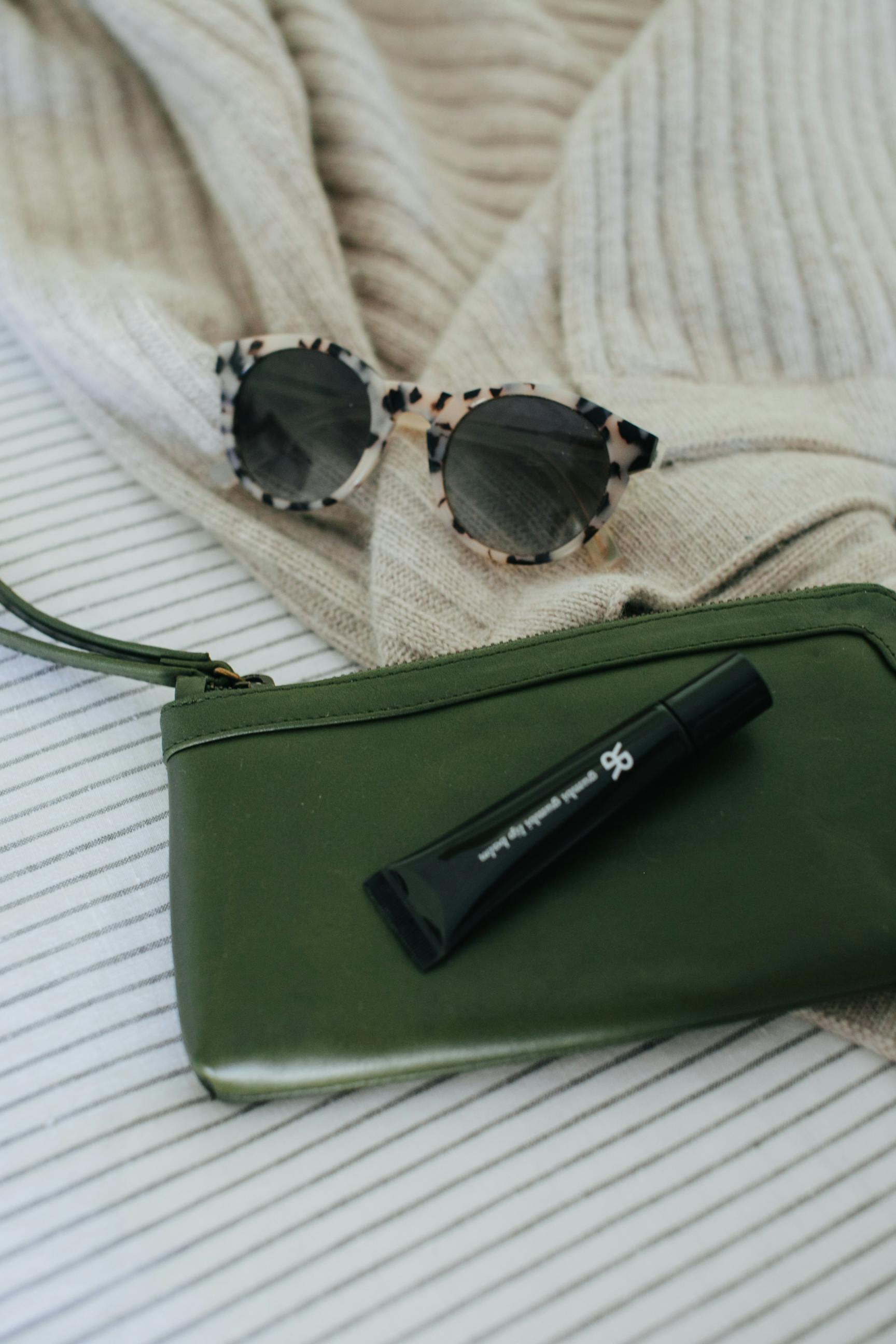
Smart Ways to Optimize Your Small Fish Tank for a Healthy Environment in 2025


Choosing the Right Fish for Your Small Fish Tank
When setting up a small fish tank, selecting the right species is crucial for establishing a harmonious aquatic environment. Certain small fish species like guppies, bettas, and neon tetras not only thrive in smaller spaces but also contribute positively to the tank's ecosystem. Understand compatibility factors to minimize aggression and promote peace in your community fish tank setup. Additionally, considering the adult size of the fish is essential to avoid overcrowding, which can lead to stress and reduced water quality.
Compatibility and Tank Size
Properly assessing fish compatibility is essential for achieving a stable environment in your fish aquarium. Each fish has different space and social needs, which should guide your decision-making. For instance, community tanks are suited for fish like guppies and rasboras, which peacefully coexist. In contrast, aggressive species like certain cichlids may not coexist with other fish. Utilize a fish compatibility chart to help identify the best tank mates based on the size of your nano fish tank and management capabilities.
Best Practices for Small Fish Tank Care
To foster a healthy aquatic ecosystem, it's vital to adhere to best practices for care and maintenance. Regular water changes of 10-20% weekly help in keeping toxins at bay. Invest in biological filtration systems to promote beneficial bacteria, which assist in breaking down waste. Ensuring the tank size and water volume commensurate with fish count can optimize water conditions, catering to their needs for gases, temperature, and nutrients. Consistent care enhances fish health and vibrancy over time.
Creating an Optimal Setup with Aquatic Plants
A small fish tank setup can greatly benefit from incorporating aquatic plants. Not only do they enhance the tank's aesthetic appeal, but they also provide essential functions like oxygenation and biological filtration. Utilizing low-light fish tank plants, such as java moss and anubias, makes maintenance effortless and supports fish well-being. These live plants also promote a natural environment, making your fishes feel comfortable and less stressed.
Benefits of Live Plants in Your Aquarium
Integrating live plants in your fish aquarium presents numerous advantages beyond beauty. They contribute to improved **water chemistry** by absorbing harmful nitrates and providing oxygen, thus stabilizing oxygen levels necessary for fish survival and health. Moreover, aquatic plants serve as hiding spots, reducing stress levels for shy species. As a natural biofilter, plants also simplify fish tank maintenance by aiding in waste breakdown and maintaining clarity in water quality.
Tips for Aquascaping a Small Tank
Aquascaping is an art that can enhance the visual appeal of your small fish tank. Use a mix of hardscapes, such as rocks and driftwood, combined with vibrant plant life to create a balanced layout. The strategic placement of these elements can provide shelter and swimming space, catering to the needs of different species. Modular setups allow for easy alteration as you gain more experience in aquatic design. Investing time in arranging the fish tank landscape invites interaction and reduces territorial disputes among fish, fostering a thriving aquarium environment.
Maintaining Water Conditions and Parameters
Ensuring optimal water conditions for fish is a fundamental aspect of small fish tank maintenance. Regular monitoring of parameters such as temperature, pH, and ammonia levels is essential for fish well-being. Each species has preferred conditions, with tropical fish typically needing water between 75°F to 80°F, while cold-water varieties thrive in cooler temperatures. Employing a reliable fish tank heater or cooling system helps maintain stability, crucial for a successful aquarium experience.
Testing and Treatment of Aquarium Water
Utilize comprehensive fish tank water testing kits to monitor pH, ammonia, nitrite, and nitrate concentrations. Testing will illuminate the efficacy of your filtration and upkeep strategies. Regular checks are vital before making drastic alterations. Implement water treatment solutions when needed, such as pH stabilizers and diverging chemical affinities to avoid toxic build-up, particularly in smaller tanks where issues escalate quickly. Maintain a vigilant eye on water quality to avert diseases promptly.
Preventing Tank Tips: Algae Control and Fish Diseases
Algae and fish diseases can wreak havoc on a small fish tank if not addressed proactively. Implementing efficient lighting schedules, typically 8-10 hours per day for optimal photoperiod, helps curb excess algae growth. Regular cleaning, including gravel vacuuming and removing dead leaves, supports a cleaner ecosystem. Quarantining new arrivals is essential to prevent introducing diseases. Adopting a routine maintenance schedule tackles potential health issues before they establish, preserving the tranquility of your aquatic haven.
Key Accessories for Your Fish Tank Setup
To complete your fish tank setup, consider vital accessories that facilitate fish care and enhance life quality. Filters, air pumps, and decor make your tank functional and attractive. Ensure your fish tank filter is suitable for your tank size, contributing significantly to maintaining water quality. Moreover, wisely chosen fish tank decorations add variety while creating territories that fish may prefer, further alleviating stress in your tank.
Essential Fish Tank Supplies
Gathering a comprehensive array of fish tank supplies ensures you’re prepared for any scenario. A robust cleaning regime includes gravel vacuumers and algae scrapers for easy upkeep. Additionally, ensure you have testing kits handy to regularly check the tank's chemistry. Incorporating quality foods like flakes, pellets, or freeze-dried options invites nutritional variety while fostering vibrant fish life. Finally, start a fish feeding schedule to maintain consistency and proper nutrition.
Monitoring and Troubleshooting Common Issues
Frequent monitoring of fish tank chemistry prevents common problems from becoming overwhelming. Understand the signs of nutrient deficiencies or excessive algae. If fish appear lethargic or experience color changes, check water parameters promptly. An aquarium maintenance schedule should include regular checks and fitness assessments, enabling you to adapt your approach if conditions deviate from the norm. By staying vigilant and responsive, wiritng down alterations during routine inspections fosters a superior aquatic environment.
Key Takeaways
- Select compatible species for small fish tanks to foster a peaceful ecosystem.
- Incorporate live aquatic plants to enhance filtration and provide shelter.
- Regularly monitor and treat water conditions to ensure fish health.
- Utilize essential accessories to improve tank functionality.
- Implement a consistent maintenance schedule to prevent potential issues.
FAQ
1. How often should I change water in my small fish tank?
It is advisable to change about 10-20% of the water weekly in a small fish tank. Regular water changes help maintain optimal water quality and remove toxins building up over time. Freshwater should be treated with a water conditioner to remove chlorine and other harmful chemicals before it enters the tank.
2. What are the best fish species for beginners?
Beginner aquarists are typically recommended to start with small freshwater fish such as guppies, danios, and bettas. These species are hardy, easy to care for, and adapt well to diverse fish tank setups. Consider factors such as tank size and fish compatibility to ensure a thriving community aquarium.
3. How do I cycle a new small fish tank?
Cycling a new fish tank involves establishing beneficial bacteria to break down ammonia produced from fish waste. This can be done using fish food or ammonia sources to kickstart the process. Alternatively, add established filter media or decorations from an already cycled aquarium to speed up the process. The goal is to achieve a stable nitrogen cycle that is crucial for fish health.
4. What is the importance of maintaining pH in my tank?
Maintaining the correct pH in your fish tank is vital, as it directly influences fish health and behavior. Most freshwater fish thrive in a pH range of 6.5 to 7.5. Use pH testing kits regularly to ensure stability, and adjust with commercial pH balance solutions if necessary to avoid stressing your fish.
5. What type of lighting is ideal for small fish tanks?
LED lighting for fish tanks is recommended for energy efficiency and adjustable brightness levels. Depending on the plants and fish you choose, aim for a light schedule of around 8-10 hours daily. This promotes healthy plant growth while preventing excessive algae proliferation.
6. How can I minimize stress for my fish?
To reduce stress for your pet fish, ensure their habitat meets their environmental needs, including stable water conditions and sufficient hiding spots provided by plants and decorations. Avoid introducing new fish too quickly, maintain a regular feeding schedule, and keep noise levels low to create a tranquil atmosphere.